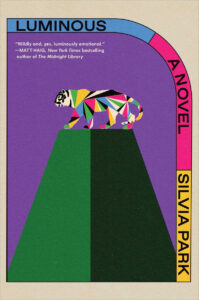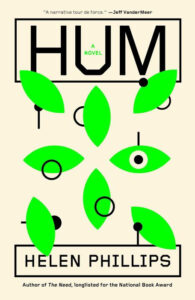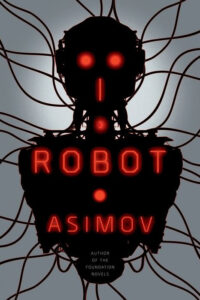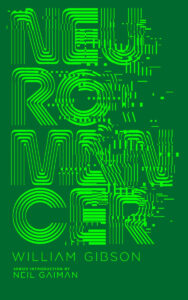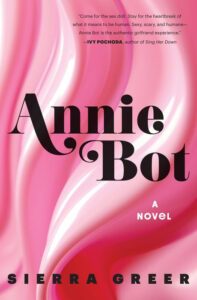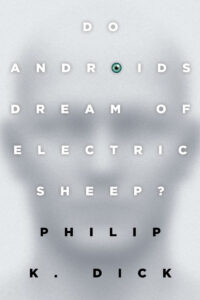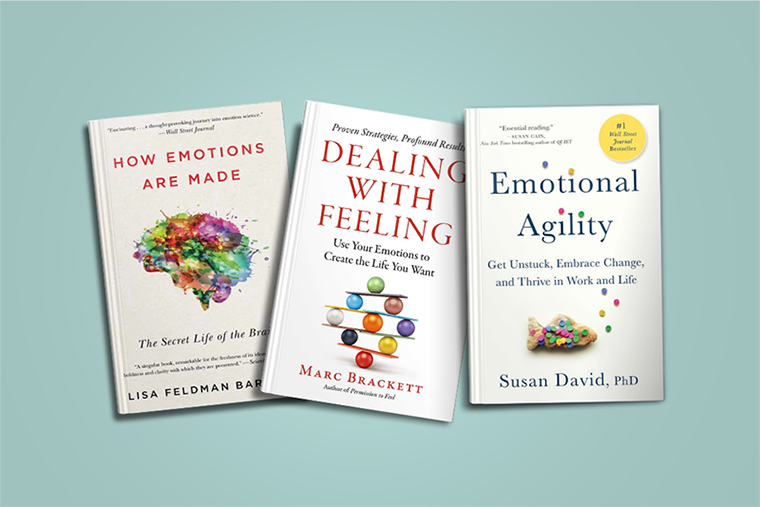While artificial intelligence is seemingly everywhere these days, it’s by no means a new topic, especially in the realm of literature. Sci-fi and speculative fiction authors have long pondered our future with AI, exploring both the promise and the peril it portends — and they continue to do so right up to the present day.
So take a break from your GenAI-dominated newsfeed. These extraordinary novels about artificial intelligence, which span sci-fi classics to cutting-edge speculative narratives, are sure to capture your imagination in a way a chatbot could only dream of.



